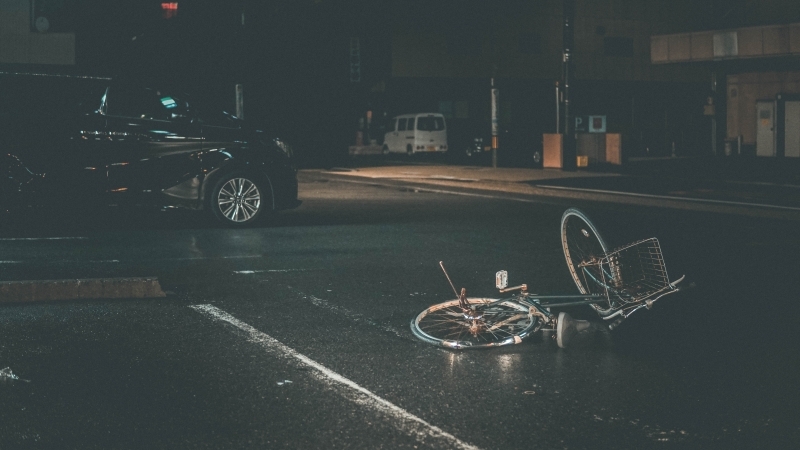A collision with an automobile is the greatest fear most people have about riding a bike. Fortunately, car-on-bike collisions are relatively uncommon. And yet when a car-on-bike collision does happen, there’s a potential for serious—even catastrophic—injuries. Because of this potential for serious injury at the hands of a negligent driver, cyclists tend to be acutely attuned to what the drivers around them are doing.
- Related Article: About Bicycle Accidents
But what happens when a driver is not just another driver? What happens when there is more than meets the eye to that driver’s behavior? When that driver is a rideshare driver—typically, driving for Uber or Lyft—it isn’t usually immediately apparent to others on the road, the way it’s readily apparent that a taxi is a taxi. As a result, that rideshare driver may be doing things that taxi drivers do—like pulling over suddenly to pick up or let off passengers—without bearing the usual distinctive paint jobs and signs that let people know that a taxi is a taxi. Combined with the rideshare driver’s distraction while using the rideshare app, the result can be chaos—and dangerous for the cyclist who may be unaware that a nearby vehicle is a rideshare vehicle about to unexpectedly pull over without a thought about the cyclist riding there.
As ride share vehicles have skyrocketed in popularity, we are increasingly seeing bicycle crashes involving ride share vehicles—and this creates new headaches for drivers, passengers, and cyclists alike. Consider the following real-life bicycle crashes involving a rideshare vehicle:
- Portland, Oregon: A cyclist passing a rideshare vehicle is doored by the driver who has just pulled over to pick up a passenger.
- Alameda, California: A rideshare driver who has just accepted a fare on her app backs into a cyclist who is stopped behind her at the stoplight.
- Arlington, Texas: A rideshare driver runs down a bicycle-mounted police officer and leaves the scene.
- Boston, Massachusetts: A rideshare driver pulls into a bike lane to let the passenger off. The passenger, unaware that there is a bike lane, opens the door, and hits a passing cyclist.
- Tempe, Arizona: A self-driving rideshare vehicle runs down and kills a pedestrian who is crossing the street.
Rideshare vehicles represent an ever-increasing percentage of motor vehicles on the road, and with that rise in rideshare popularity comes an increasing number of problems, including crashes involving rideshare vehicles. Because rideshare vehicles operate in a grey area between “personal vehicle” and “vehicle for hire,” a crash involving a rideshare vehicle will raise some complex issues about liability and who pays when a cyclist is injured.

